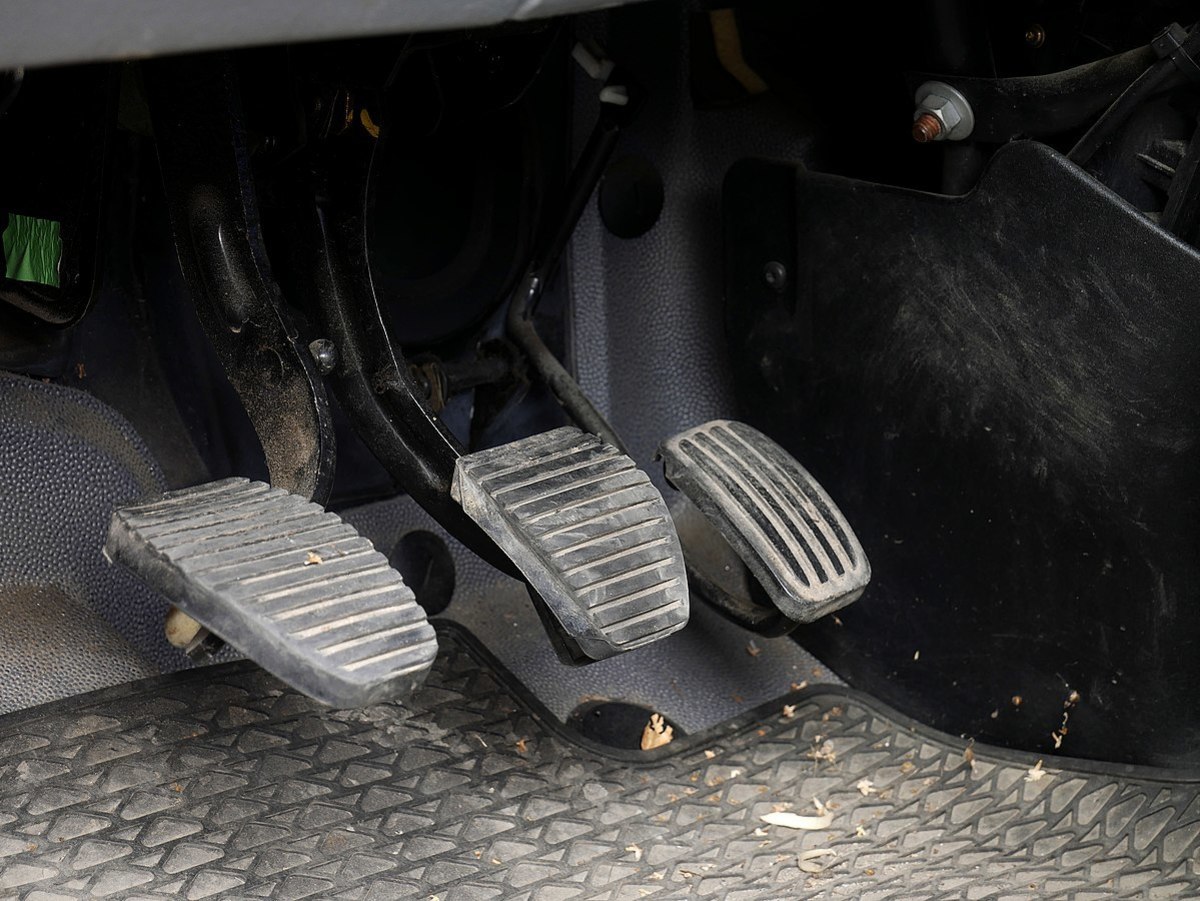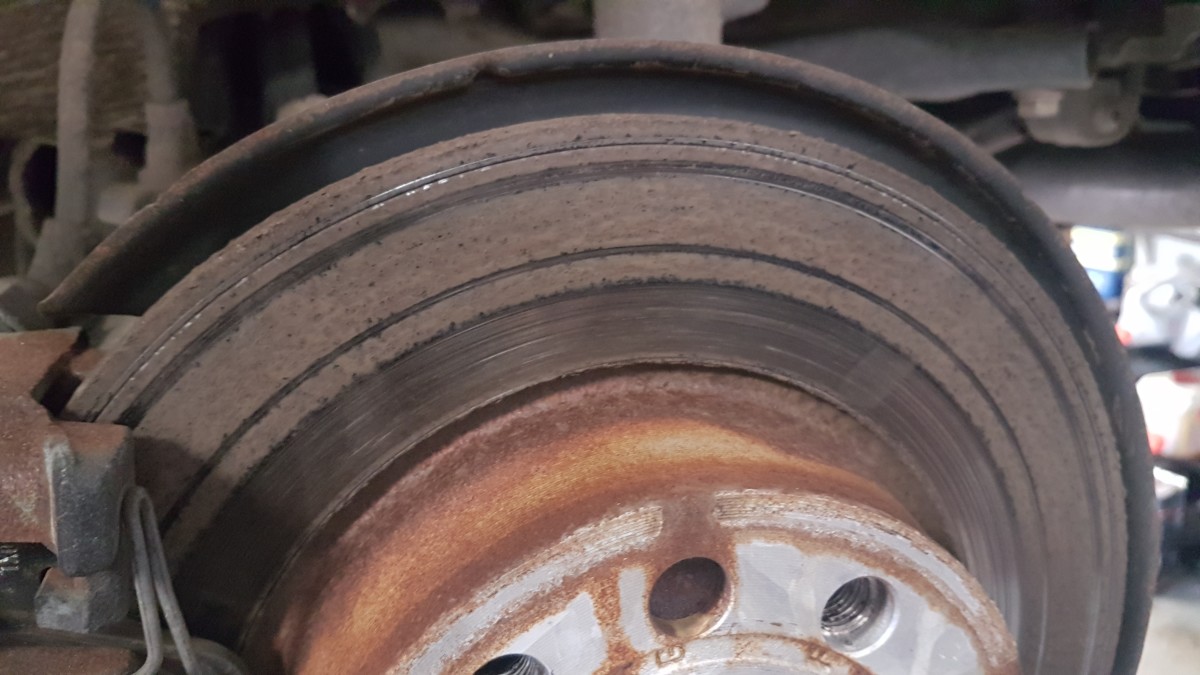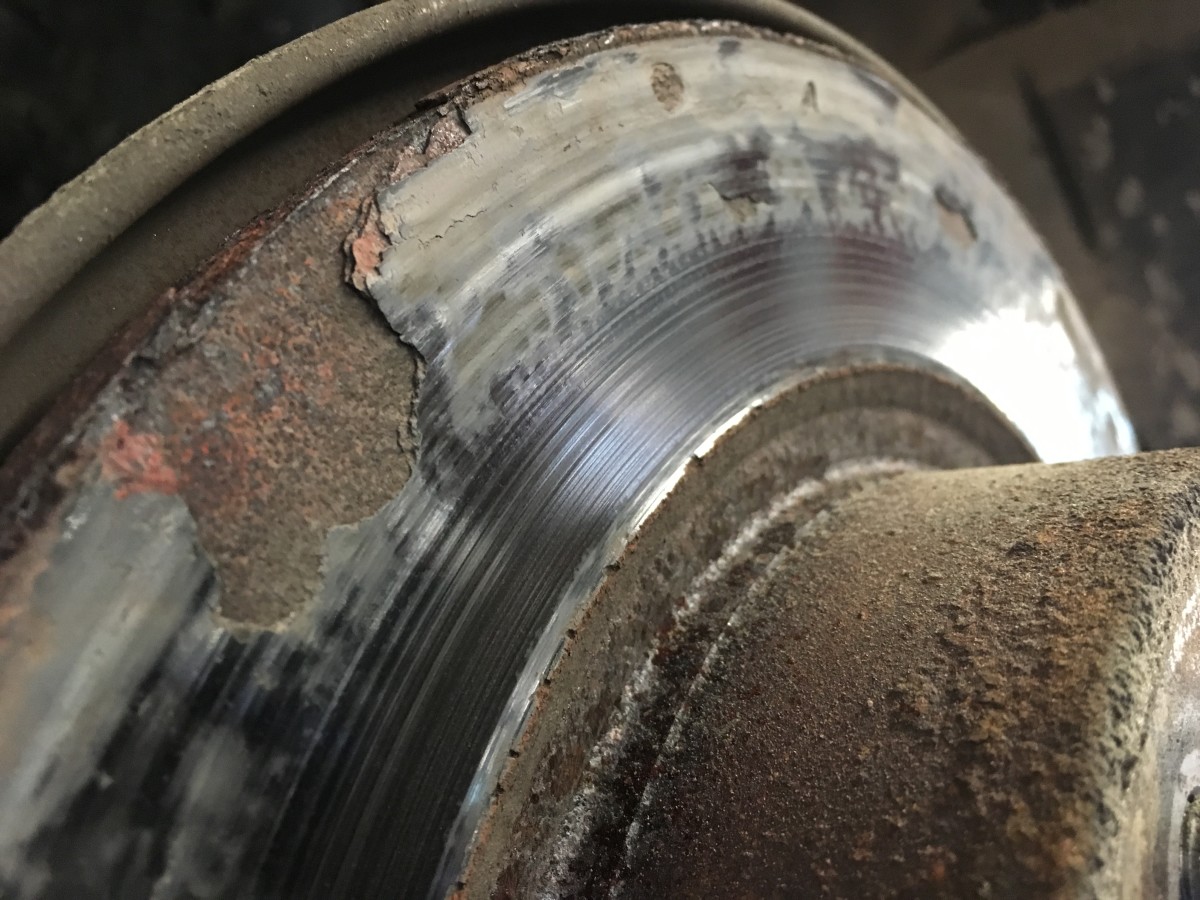How Does Brake Fluid Work?
Brake Fluid
There are three common types of brake fluid used in braking systems, and all work adequately. The three types are DOT 3, DOT 4, and DOT 5. DOT stands for the Department of Transportation, which is a branch of the National Traffic Safety Board. The chart Below gives a side-by-side comparison of the three brake fluid characteristics.


How Brake Fluid Works
The fluid used in braking systems is specifically formulated for that purpose. Brake fluid translates movement from the master cylinder to the calipers. The formulation used is extremely resistant to compression, and the absorption of air and moisture. By resisting the absorption of air and water, brake fluid maintains its compression resistant characteristics. This means that any volume of fluid displaced from the master cylinder will directly correlate to the volume of fluid applied to the brake calipers. If the fluid were to compress, the brakes would feel "spongy" and weak.
Boiling Points of Brake Fluid
Brake systems generate a great amount of heat. The chart above shows the difference in boiling points for each type. If the brake fluid were susceptible to absorbing moisture the effective boiling points would be lowered since water boils at 212° F. If the fluid were to boil, the brakes would fail. Moisture can, however, still infiltrate the system. It will typically collect in the lowest points of the system. Bleeder screws are located at low points. Any moisture can be evacuated through the bleeder screws by "bleeding" the brakes.
Mixing different types of brake fluid is strongly discouraged. DOT 3 and DOT 4 are compatible, but if mixed the boiling point will approach that of DOT 3. DOT 5 fluid should never be mixed with DOT 3 or DOT 4, replacing DOT 3 or DOT 4 fluid with DOT 5 is discouraged, and vice versa. The reason is that silicone is less dense that glycol and any intermixing will cause the fluids to separate.
Brake Fluid Inspection
Brake fluid should be checked regularly and the system should be bled periodically. When inspecting brake fluid, it should appear free of discoloration. Discoloration usually indicates contamination.
Reference: Chopper Fundamentals 101 © 2007







